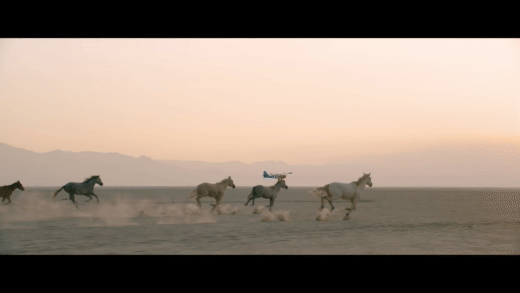Throughout the internet, or perhaps just in the spaces that I regularly visit, it seems that the word, “cinematic,” has become à la mode. In fact, every year, new trends show up on YouTube where people explain how to create the most cinematic visuals; at one point, it was using drone shots, at another, slow motion, and another, a widescreen aspect ratio.
I have always been a subscriber to the ethos that cinematic means like the movies. And if you pay attention to movies—or at least the ones that were actually great—you might find that very few used the same cinematic tricks that YouTubers emulate and often overuse. What made the movie cinematic was not a gimmick, but rather it was the story.
In “Show Your Work,” Austin Kleon writes:
The most important part of a story is its structure. A good story structure is tidy, sturdy, and logical. Unfortunately, most of life is messy, uncertain, and illogical. A lot of our raw experiences don’t fit neatly into a traditional fairy tale or a Hollywood plot. Sometimes we have to do a lot of cropping and editing to fit our lives into something that resembles a story. If you study the structure of stories, you start to see how they work, and once you know how they work, you can then start stealing story structures and filling them in with characters, situations, and settings from your own life.
Austin Kleon
So far, this is the clearest definition of the word, “cinematic,” that I’ve come across, especially from the perspective of a writer or storyteller. Cinema is supposed to explore a heightened sense of reality.
This is the job of the filmmaker or the writer—to take their own experiences, their own inspirations, their own dots that they’ve stumbled across, and put them together into a cohesive narrative. It involves cleaning up the story, removing extraneous information, and focusing heavily on the emotional journey told through the experiences of characters, settings, and plots.

The best authors often incorporate elements of their own real life into their work. But they don’t simply retell events or use characters from the real world, they take their experiences and heighten them. Ultimately, the point of a film is to show something that is greater than reality—a little bit better and more perfect than what we might experience in the real world.
Dossier
“Show Your Work!” by Austin Kleon, 2014.
“The Basis of Modern Innovation,” by Sahil Nawab, January 24, 2021. http://www.sahilnawab.com/blog/the-basis-of-modern-innovation/
